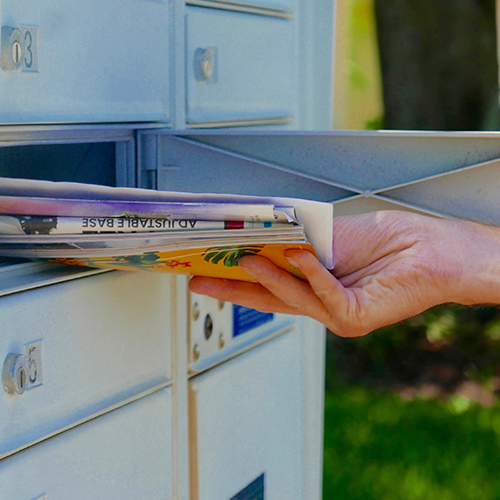Not All Marketing Channels Are Created Equal
AMY ROSS, MANAGER — BRAND AND PRODUCT MARKETING
In today’s revolutionary, hyper-connected world, you have many marketing communication options. That means media marketing plans need to be savvy, memorable and effective to not only increase customer reach and interaction but also generate response and revenue.
Both print and digital tactics are valuable components of successfully integrated multichannel marketing. However, print communication stands out as a steadfast, powerhouse marketing tool, according to several recent “neuroscience of print” studies.
Let’s hear from the experts on print versus digital. The studies, which measured brain processes and responses to print and digital messages, found print has three distinctive, consistently proven advantages over digital:
- Print becomes more deeply embedded.
- Print is recalled in more detail.
- Print forms more powerful engagement.
Here are summaries of five key studies performed in this area:
- Royal Mail/Millward Brown and The Centre for Experimental Consumer Psychology at Bangor University (2009) used functional magnetic resonance imaging (fMRI) on participants to understand brain processing of physical and onscreen virtual marketing messages. Experts discovered physical print leaves a deeper “footprint” within the brain, involves more emotional processing and creates inner feeling connections that are important for memory and brand association, suggesting greater internalization and increased motivation.
- University of Stavanger (2013) tested high-school-age students’ reading comprehension of text via computer screen and print. Researchers found students who read printed text showed better reading comprehension than those who read computer screen text did.
- Canada Post and True Impact Marketing, a leading neuromarketing research company, devised its 2015 study using brain imaging and eye-tracking techniques to determine participant interaction with physical direct mail and digital email and display advertising. Results suggested that physical direct mail was easier to understand, created higher brand recall and showed a 20 percent higher persuasive and motivational effect, with even higher percentages if engaging senses beyond touch.
- The USPS and Temple University (2015) used neuroscience eye-tracking, skin conductance, heart rate and fMRI in its two-phase study of initial reactions to print and digital ads. Physical print showed greater emotion, stimulation and memory responses of both source and content, was more engaging and initiated greater activity in the brain’s subconscious area associated with value and desirability.
- Renowned neuroscientist Dr. David Eagleman and Rigsby Hull’s Lana Rigsby co-wrote The Communicator’s Guide to the Neuroscience of Touch, delving into the complementary field of haptics, the science of touch, and focusing on psychology and emotional response of print versus digital ads.Eagleman and Hull noted that print triggers emotions of increased perceived value and fleeting perceptions through incidental touch. Additionally, print shifts the brain into levels of deeper engagement to build lasting knowledge and creates memorable, meaningful brand and customer connections.
What about the combination of print and digital? Because today’s customers navigate multichannel media, fusing physical and digital marketing makes sense. Doing so develops stronger customer relationships, sales and ROI. Experts also discovered how media sequencing influences response.
The USPS/Temple University (2017) and Canada Post/Ipsos (2017) studies examined message sequencing and single- and mixed-media usage. These neuroscience studies investigated how physical mail works with digital advertising in integrated campaigns relating to optimizing consumer attention, emotional engagement and brand recall.
Sequencing two physical ads resulted in higher ad and brand recognition, desirability and likability. A physical ad followed by a digital ad elicited higher click-through response rates over sequencing two digital ads.
The takeaway: Print is easier to understand, creates memorable and personalized emotional connections that embed within the mind and builds brand recognition. Multichannel marketing strategies that combine print and digital in appropriate sequencing optimizes results.



